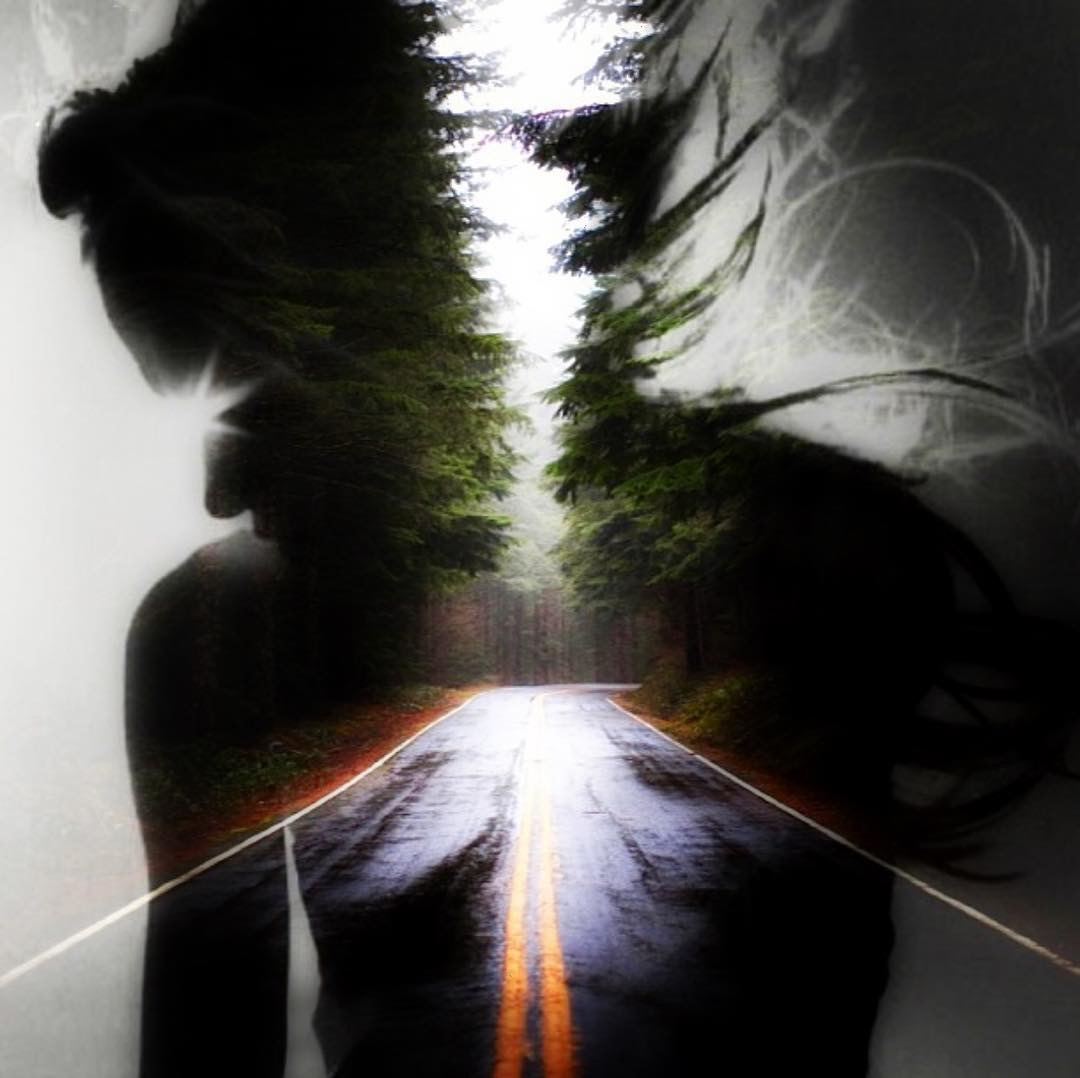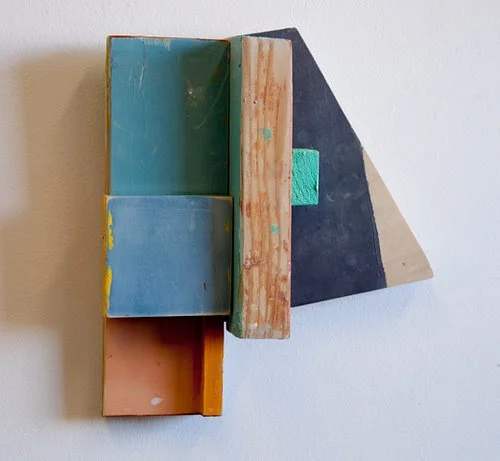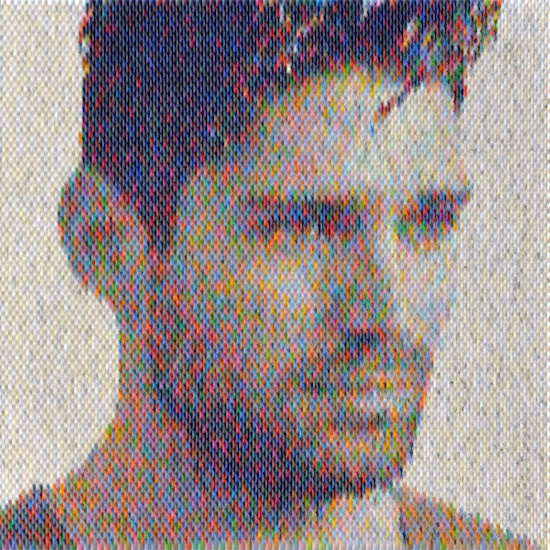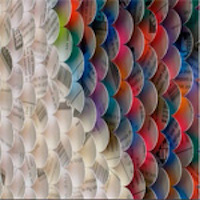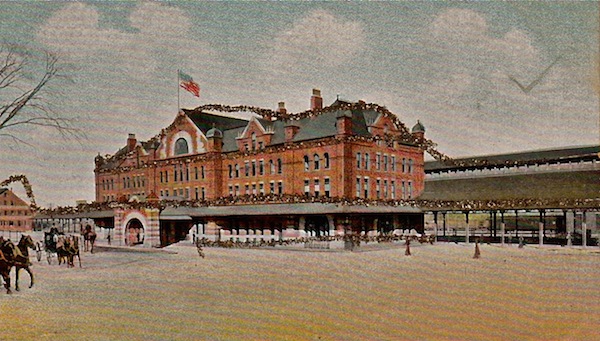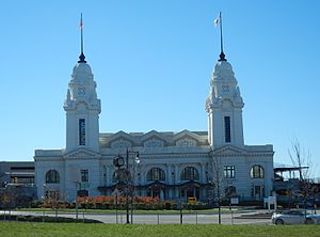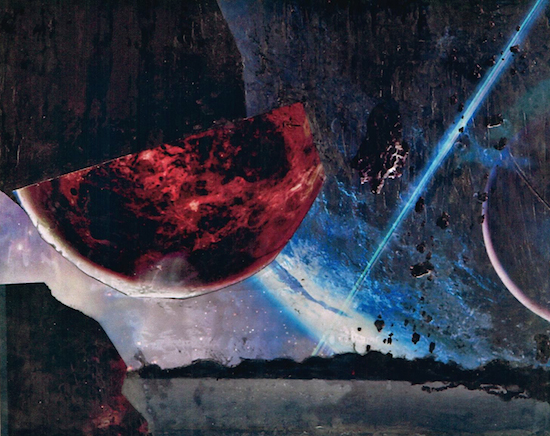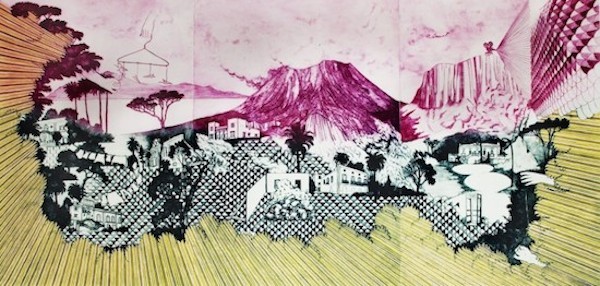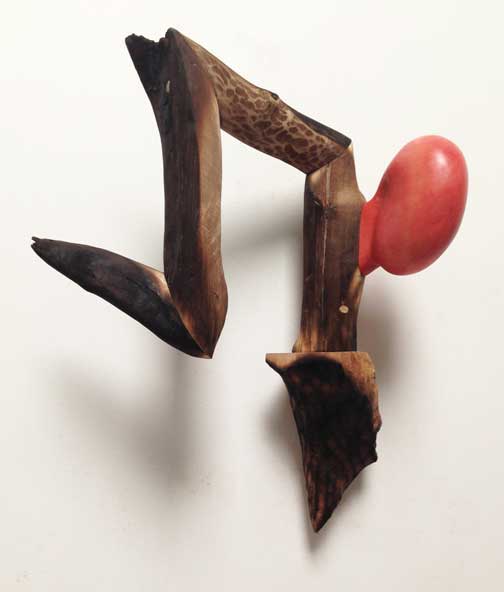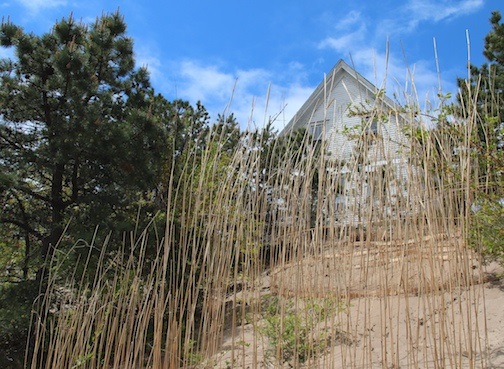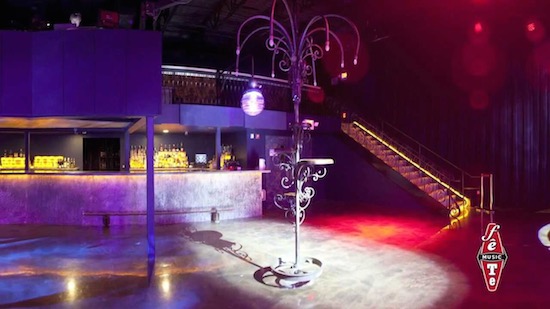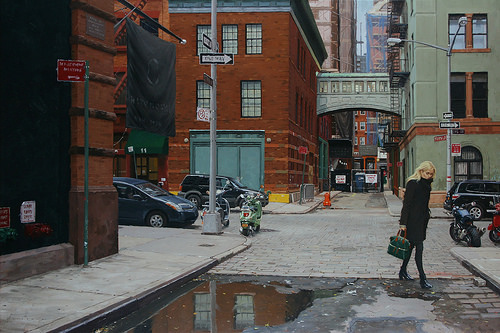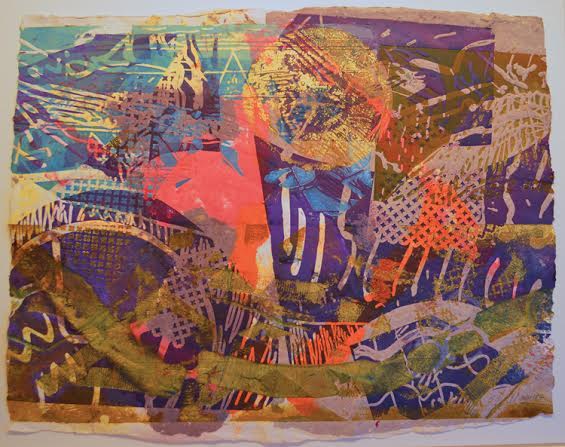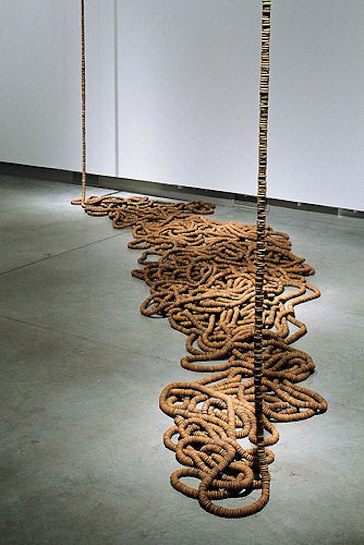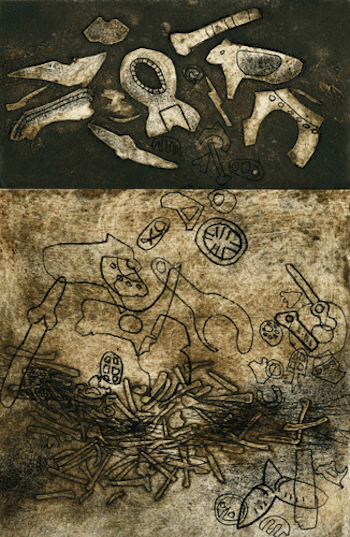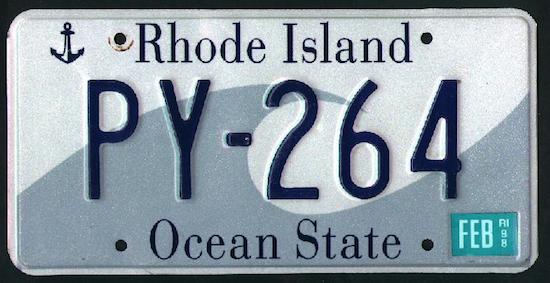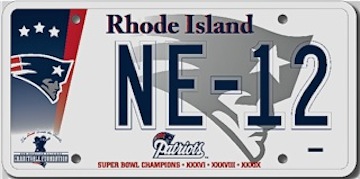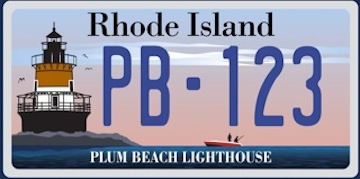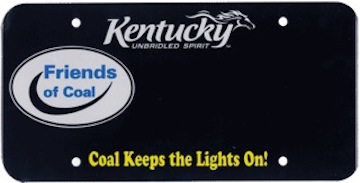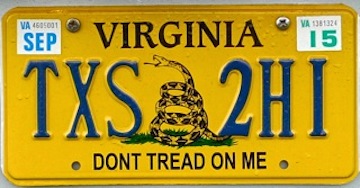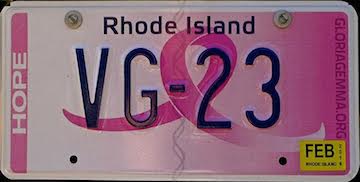Into the forest
And into the forest I go, to lose my mind and find my soul.
John Muir
And into the forest I go, to lose my mind and find my soul.
— John Muir
Photo by Lydia Davison Whitcomb
Textiles printed using large, engraved metal plates produced finely detailed scenes.
Textiles printed using large, engraved metal plates produced finely detailed scenes. Blue threads in this fabric’s edge indicate that it was made for export to America or other British colonies. This was printed at Bromley Hall, England, 1774-1811
And in a flammable place
"Smoke'' (installation view, two-channel video, looped), by LISA OPPENHEIM, in the "Film as Medium and Metaphor'' show at the Massachusetts Museum of Contemporary Art, North Adams, Mass.
Crows' business model; river town
Crows, which are highly intelligent, if often associated with death, have a very effective business model as scavengers. Indeed, being a good scavenger of things and ideas seems essential for thelong-term success of most of us. (A successful investor is a particularly good scavenger -- an outstanding opportunist.)
"Two Crows,'' by JAMES REED, in his show at Gallery19, in Essex, Conn., through June 3o.
Crows, which are highly intelligent, if often associated with death, have a very effective business model as scavengers. Indeed, being a good scavenger of things and ideas seems essential for the long-term success of most of us. (A successful investor is a particularly good scavenger -- an outstanding opportunist.)
When I was a kid living on thepre-environmentalist coast, seagulls were protected because they cleaned up the garbage left in the open. They did a particularly fine job on the remnants of beach picnics. Crows do the same thing and swiftly consume roadkill, too.
Essex, by the way, is a beautiful town on the Connecticut River, one of several beautiful communities in its area. New England is not famous for its big rivers, of which the Connecticut is the only one, and doesn't have many of what you would call "river towns'' in, say, a Midwestern or Southern sense.
But the Connecticut looks pretty big in the southern Nutmeg State and Essex is definitely a river town, with all that implies about water-borne transportation, commerce and culture in general.
"Three Visions of Gloucester"
From left, "Howard Blackburn''(detail, egg tempera on board), by Peter Vincent; "Pavilion Beach'' (detail, oil on canvas), by Jeff Weaver, and "Gloucester Reveries'' (detail, woodblock reduction print), by Dor Gorvett, in the "Three Visions of Gloucester'' show at the Cape Ann Museum through Feb. 28.
Meeker mornings
The morns are meeker than they were, The nuts are getting brown; The berry's cheek is plumper, The rose is out of town.
The maple wears a gayer scarf, The field a scarlet gown. Lest I should be old-fashioned, I'll put a trinket on.
-- Emily Dickinson
Depends which way you look
"Bo Roberts (Reversed)'' (mixed media), by PETER COMBE, in a show at Lanoue Fine Art, Boston, Oct. 3-Nov. 1.
See detail below from the picture.
Mr. Combe uses punched or shredded household paint swatches and mostly makes three-dimensional art works. These works change in the viewers' eyes as they shift vantage points.
William Morgan: New England's glorious temples of transport
Entropy in the neighborhood
"Cosmos 1'' (mixed media), by CLAUDINE BING, in her show with Justine Freed, "Rhythms of the Universe: A Multimedia Collaboration,'' at Galatea Fine Art, Boston, Nov. 1-30.
There's a lovely little essay by Bill Miller in today's Boston Globe about life's flux and erosions, including of social relationships. This one is set in the affluent Boston suburb of Wellesley. (He now lives in the affluent exurb of Sherborn.)
"Like many events in our lives, we didn't see it coming. So we were kind of shellshocked when we exchanged sad goodbyes to the last family in the original neighborhood.'' Of course it is always coming, as is its analog death. Mr. Miller, like most people of his age, probably knows more dead people than living.
Something to think about walking sidewalks covered with yellow, crinkly leaves that have fallen more out of drought and tree fatigue than cold.
Autumn in New York, or Boston
This painting, in a recent show by VINCENT GIARRANO, seen at Susan Powell Fine Art, in the pretty town of Madison, Conn., on Long Island Sound, creates (for me anyway) a particularly evocative sense of being in a Northeast city as the weather turns cool and blustery at this time of year. There's an autumn busyness tinctured with sadness. I think of Vernon Duke's wan song "Autumn in New York,'' whose lyrics and melody convey in turns, joyful anticipation and a deepening melancholy.
But maybe Mr. Giarrano got the idea from a scene in the spring.
Love the bridge connecting the buildings -- old city.
-- Robert Whitcomb
Use everything
"Tangle'' (300-foot-long rope made with acorn caps), by BETH GALSTON, in the show "Branching Out: Trees as Art,'' at the Peabody Essex Museum, in Salem, Mass., through Sept. 20, 2015.
She collected the acorn caps under a single red oak in Boston's Arnold Arboretum.
"The capitalists will sell us the rope with which we'll hang them.''
-- Lenin
Chief Ricci's suicide and other Cianci regime history
“'During the screenings outside of RI, in New York for instance, there were more gasps and audible reactions where people who didn’t know Buddy’s story were, I think, shocked by some of what happens, like the police chief [Robert E. Ricci] committing suicide [in 1978] and the assault details,' she notes. “'Outside of RI, lots of people ask during the Q&A why he was able to run for mayor again as a convicted felon. They’re very curious about that.”'
Then there are the sweetheart pension deals and running City Hall as a criminal operation. But, hey!, nobody's perfect! The heavy price of statesmanship!
As H.L. Mencken's line goes:
William Morgan: A license plate worthy of Liberace
Photos (below) and comment by WILLIAM MORGAN The State of Rhode Island and Providence Plantations has blessedly not joined the rush to offer dozens of specialty and charity license plates. And not least of all, the base Rhode Island tag was designed by a noted graphic designer, Tyler Smith, and is quite handsome.
States such as Florida have scores, even hundreds, of affinity plates available for an extra fee. Rhode Island's paltry offering is only eight, including the Patriots and the Plum Island Lighthouse.
So far, Rhode Island has avoided any of the overtly religious, political and downright dumb plates that have made a mockery of the idea that a license plate is a nothing more than a way of identifying a vehicle–and not an opportunity to raise money for athletic leagues, Pro-Choice activists, or a big despoiling industry. Or as a Montana State Police captain said recently, "I need to see your number, not know what you favorite flavor of coffee is."
While one would not wish to discourage a few good charities from trying to raise money, I wonder if crowding a license plate with too much information and appalling design is really the most appropriate way to raise funds.
The Ocean State's latest affinity plate is for a noble aim – to fight breast cancer. $20 for each tag goes to the state's women's cancer-screening program. Marvelous. But is not then the next logical specialty plate one that would raise money for prostate-cancer research? What color would the ribbon be? The image of a little walnut-sized gland gracing the plate?
Hats off to the Gloria Gemma Breast Cancer Resources Foundation. But as an example of design from the "Creative Capital," this plate is a graphic disaster. The font for Rhode Island is too bland, for starters. Worst of all is the fading horizontal pink color scheme, as if the plate had been dipped halfway into a bucket of Pepto-Bismol. It looks like something Liberace ordered over the telephone.

